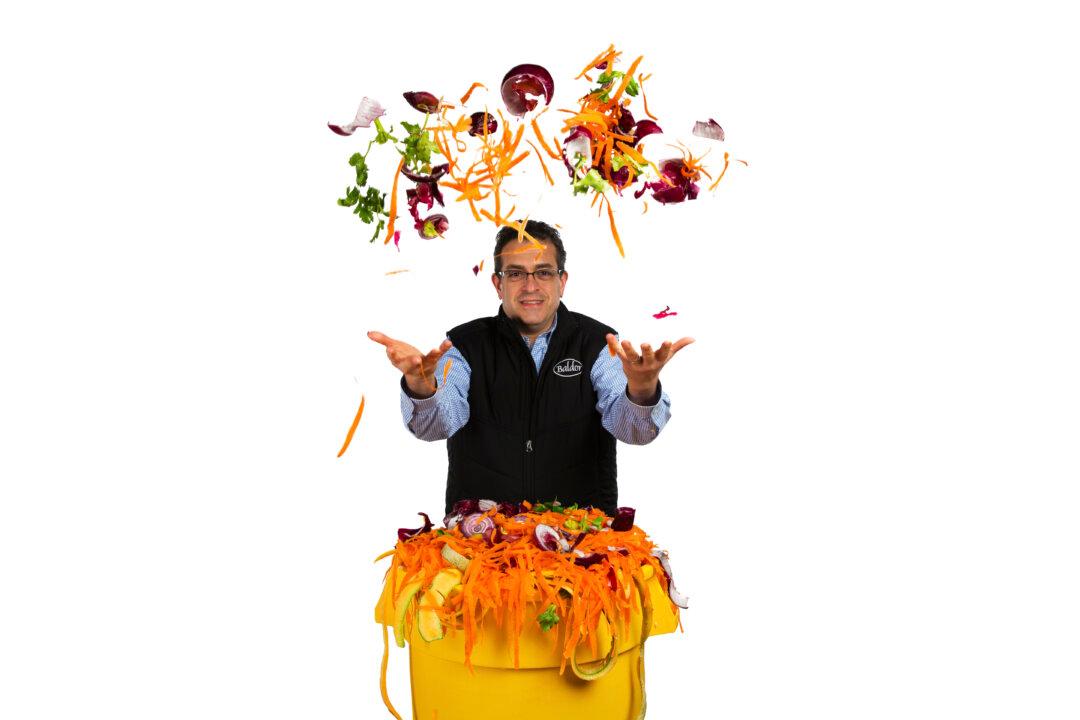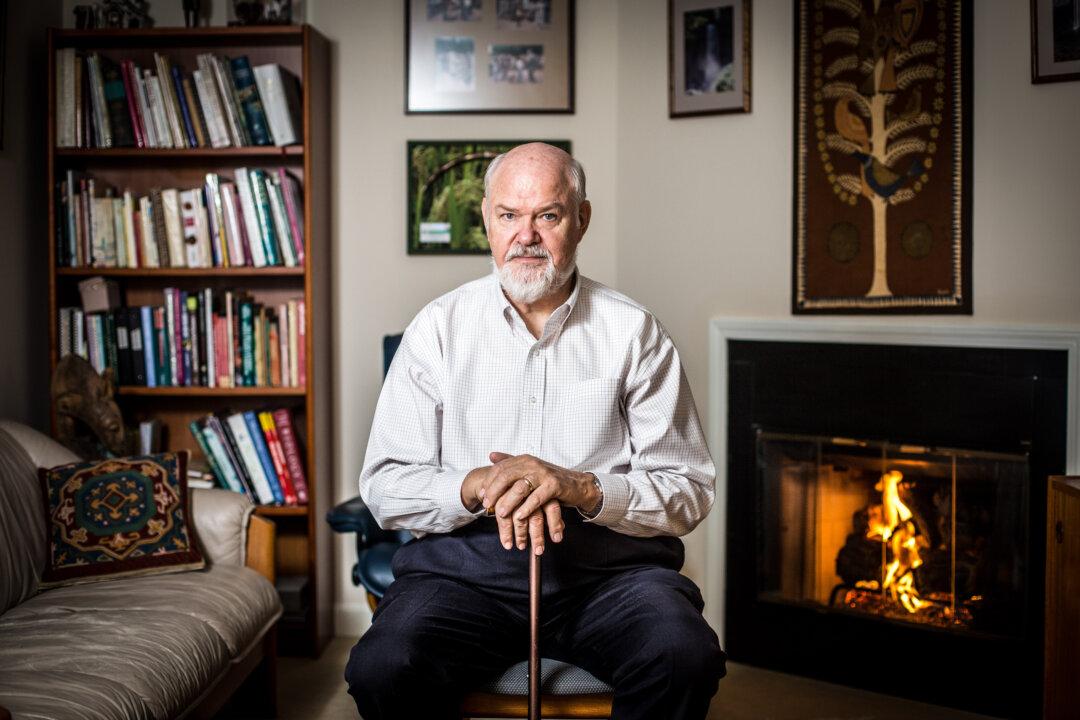NEW YORK—Today’s most innovative and resourceful chefs already insist on using the entirety of their ingredients.
The nicest part of the carrot may be used for the main dishes, while the orange tops, tips, and peels are simmered into a complex soup stock—which, we are told, benefits from the flavor and nutrition contained in the carrot trimmings.
The restaurant may actually advertise its sustainability as a credential to attract new customers who are open to trying common sense presented in a modern way. Deconstructed broccoli stem hotdog with fermented tomato ketchup anyone?
This food trend is great for minimizing waste, which is a huge problem in America. And get ready, because eating is going to get a lot more interesting.





